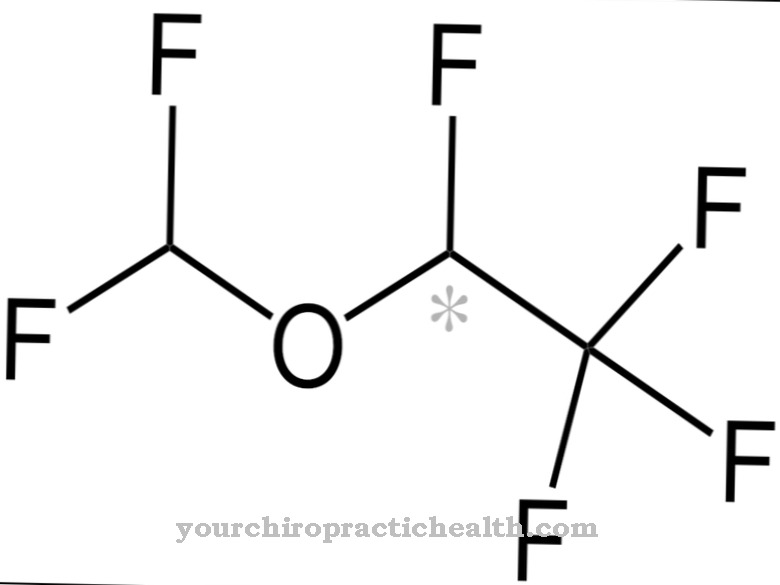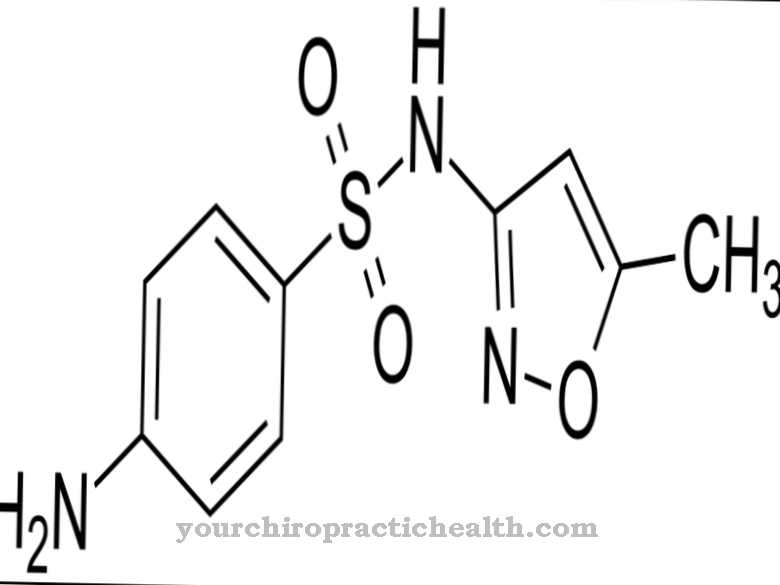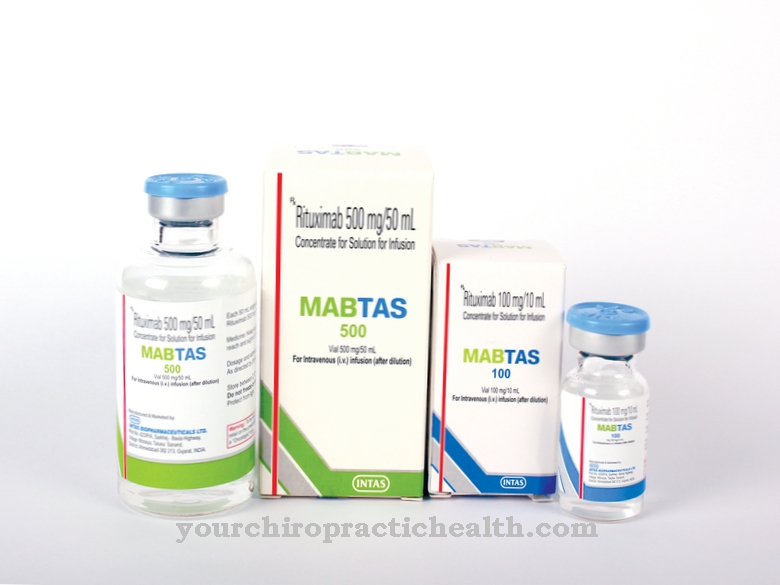Procainamide is a drug from the group of antiarrhythmics. The substance is mainly used in the therapy of cardiac arrhythmias.
What is procainamide?
Procainamide is a class Ia antiarrhythmic. These worsen the excitability of the heart cells and thus lead to an extension of the action potential. As a result, the heart cells are not excitable and there are no unnecessary cardiac activities.
Class I of antiarrhythmics corresponds to the group of sodium channel blockers. However, procainamide is not the first choice, but in Europe it is used almost exclusively as a reserve anti-arrhythmic.
The bioavailability of procainamide is 80 percent, only 20 percent of the active ingredient is bound to the so-called plasma proteins in the blood. The metabolism of the drug mainly takes place in the liver through the hepatic cytochrome P450 system.
The plasma half-life averages three hours. This means that within this period the concentration of procainamide in the blood plasma drops to half of its original value. Procainamide is excreted through the kidneys.
Pharmacological effect
Procainamide is one of the sodium channel blockers. These are also known as sodium channel antagonists. They bind to a voltage-dependent sodium channel, which is responsible for depolarization within the framework of the action potential. The action potential is a temporary deviation of the membrane potential of a cell into the positive range. Without sufficient depolarization, no action potential and therefore no stimulus transmission in the area of the nerve fibers and cells is possible.
The sodium channel blockers are divided into different subclasses according to their affinity for the channel and their speed of action. Procainamide belongs to class Ia. These block the sodium channels and slow down the rate of depolarization. By inhibiting the potassium channels, procainamide also causes the repolarization time to be lengthened and, in summary, leads to a lengthening of the action potential.
Medical application & use
The antiarrhythmic was developed for the therapy of cardiac arrhythmias. Therapy-resistant ventricular and supraventricular tachycardias are among the indications for treatment with procainamide.
The ventricular arrhythmias have their origin in the conduction system of the heart near the so-called bundle of His, part of the conduction system. With ventricular tachycardia, the heart beats up to 320 times per minute. One speaks here of ventricular fibrillation. Supraventricular tachycardias, on the other hand, develop over the ventricles, in the area of the sinus node or the atria.
Procainamide is also used for tachyarrhythmias. A tachyarrhythmia is a combination of a heart rhythm disorder (arrhythmia) and a tachycardia, i.e. a heartbeat that is too fast.
You can find your medication here
➔ Medicines for cardiac arrhythmiasRisks & side effects
Common side effects of procainamide include disorders of circulatory regulation and low blood pressure (hypotension). Fever can also occur when taking the antiarrhythmic. In rare cases, what is known as agranulocytosis can develop. This leads to a complete lack of certain white blood cells called granulocytes in the blood. The patients suffer from a pronounced feeling of illness, bacterial infections with chills and fever, as well as necrosis of the mucous membranes in the area of the anus, genitals and throat.
By inducing antinuclear antibodies, procainamide can provoke systemic lupus erythematosus. It is a systemic disease with symptoms such as fever, muscle inflammation, noticeable reddening of the cheeks and nose, kidney changes, neurological complaints or significant changes in the blood count.
The side effects that can occur while taking procainamide also include dry mouth, taste disturbance, headache and dizziness. Nausea, vomiting, and constipation are also potential adverse drug effects.
Procainamide must not be used in known hypersensitivity. In addition to heart failure, the contraindications also include a slow heartbeat. Procainamide is also not suitable for patients with disorders in the conduction system of the heart, such as sick sinus syndrome.
The use of procainamide within the first three months is just as contraindicated as it is in the case of low blood pressure, disorders of the electrolyte balance and severe bronchial asthma.
The autoimmune disorder myasthenia gravis, which is associated with muscle paralysis, is also one of the contraindications. In addition, procainamide must not be taken during pregnancy or while breastfeeding.



























